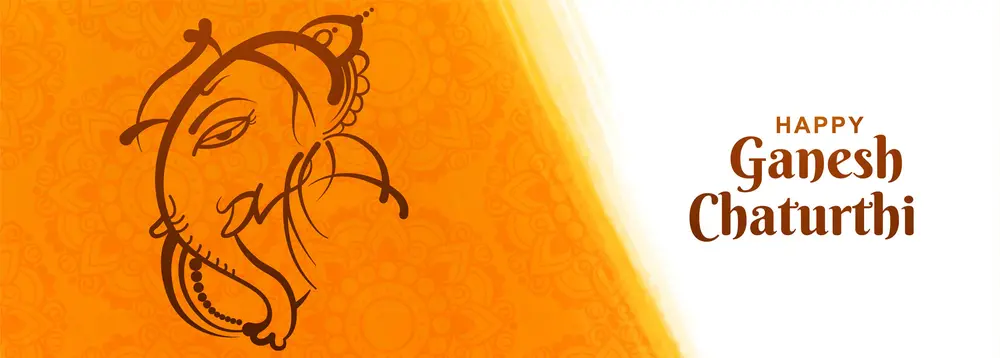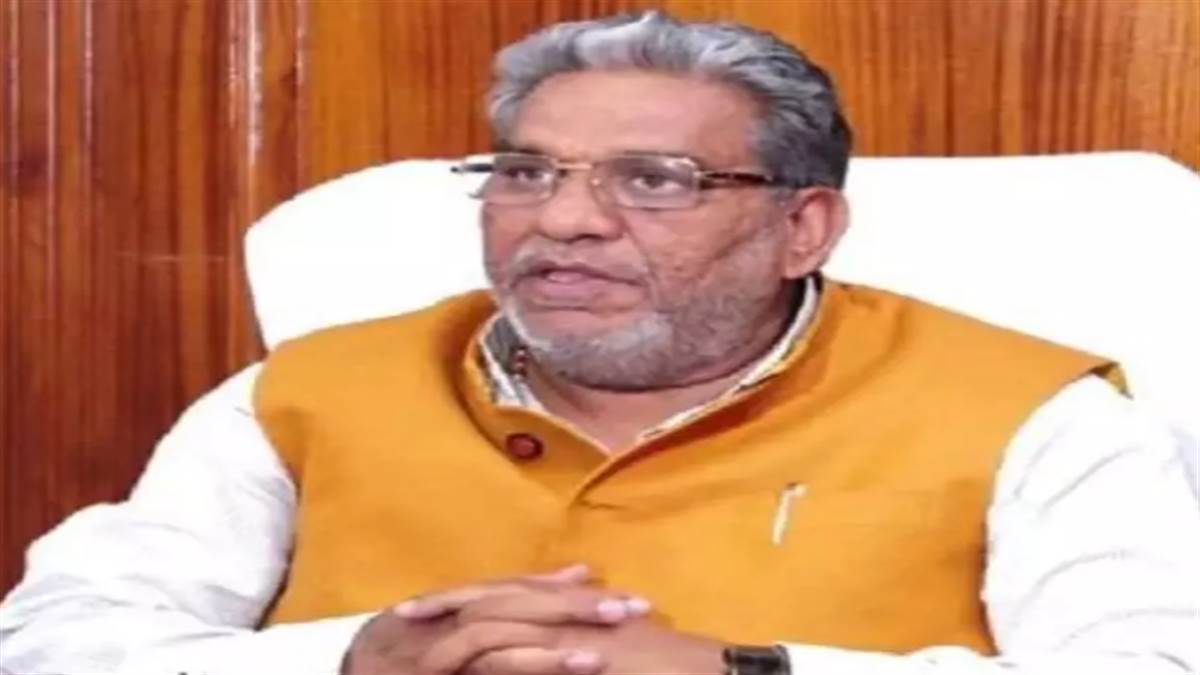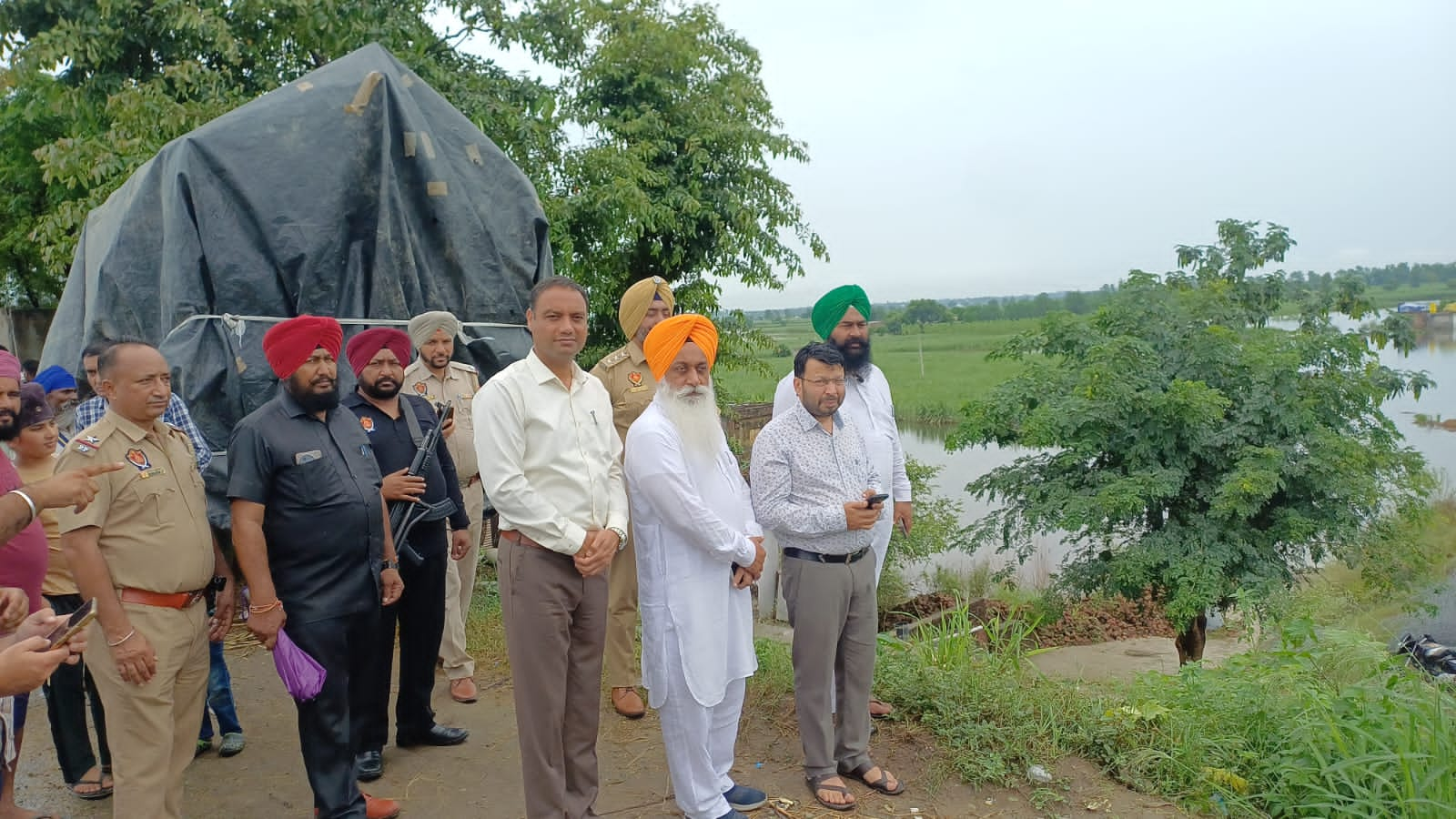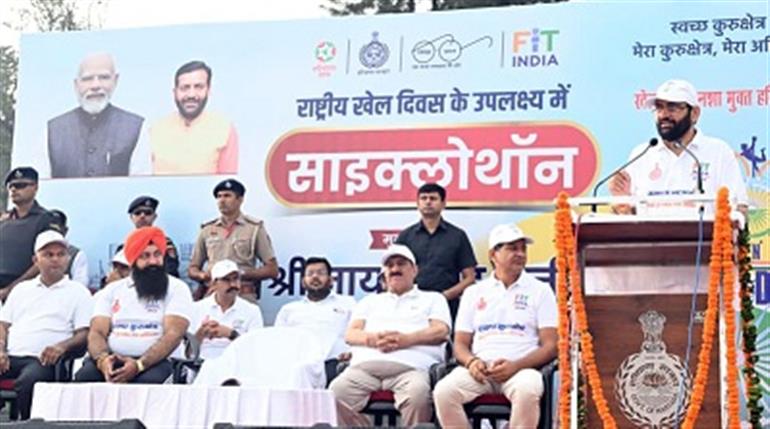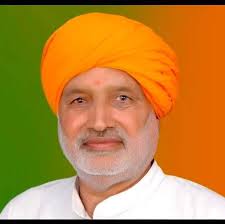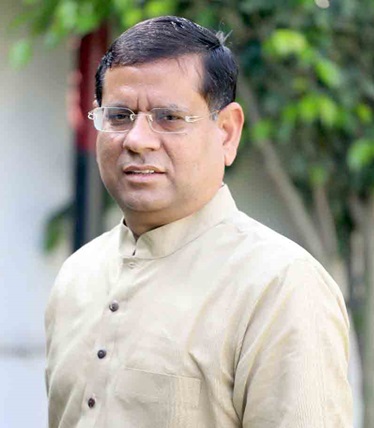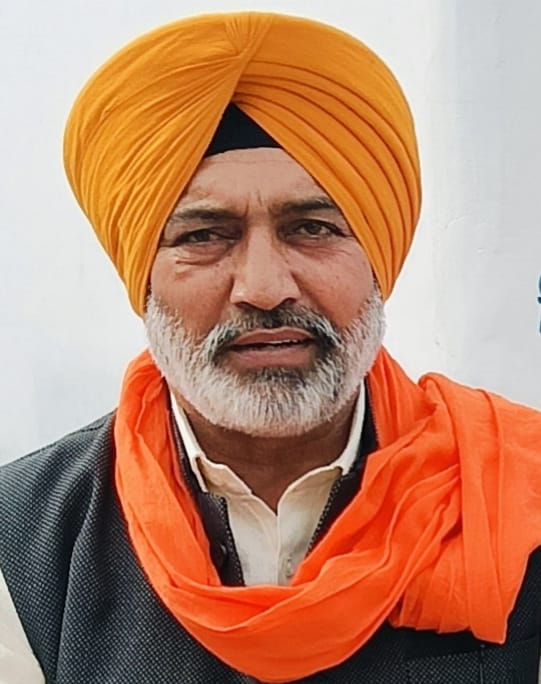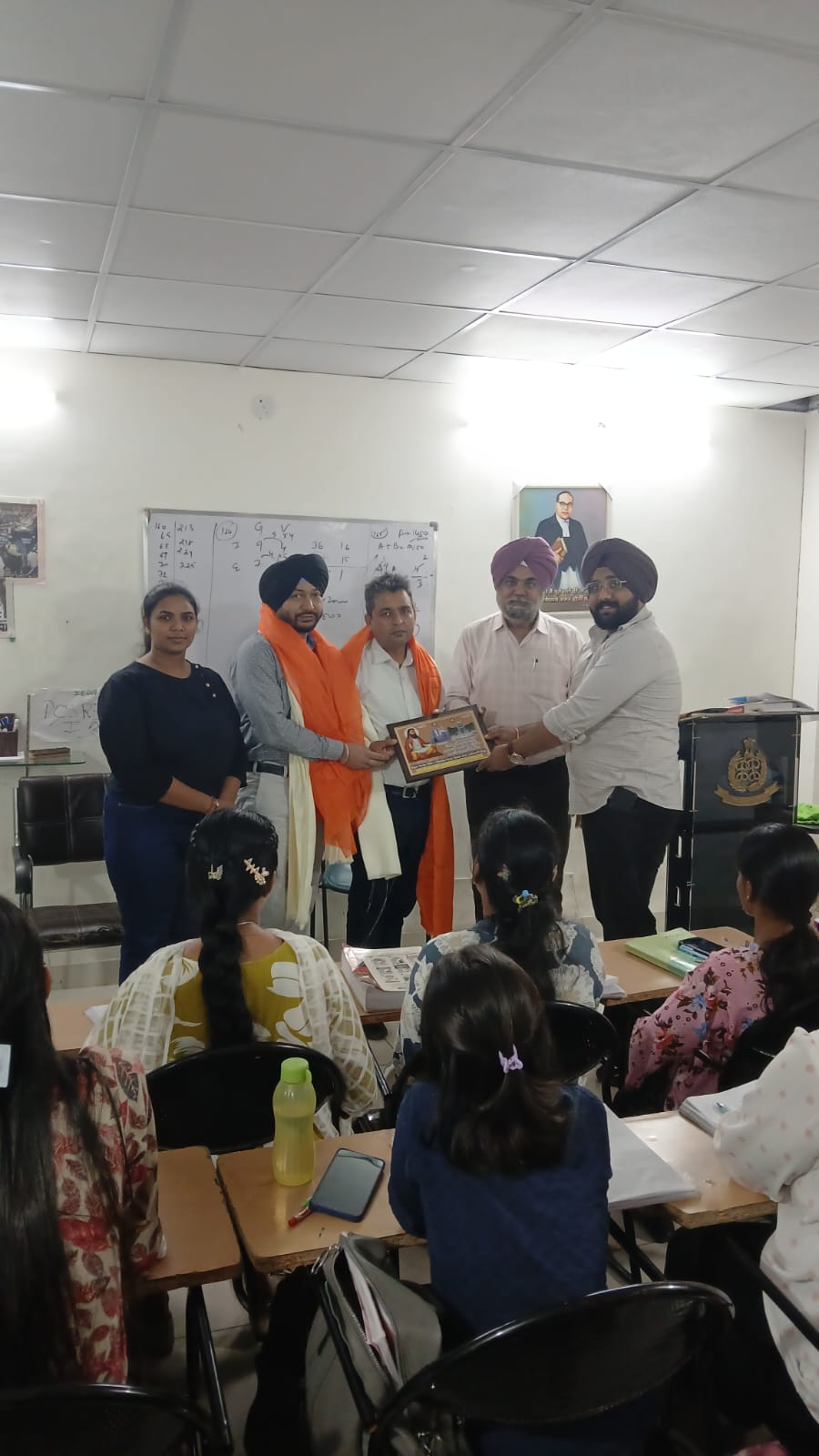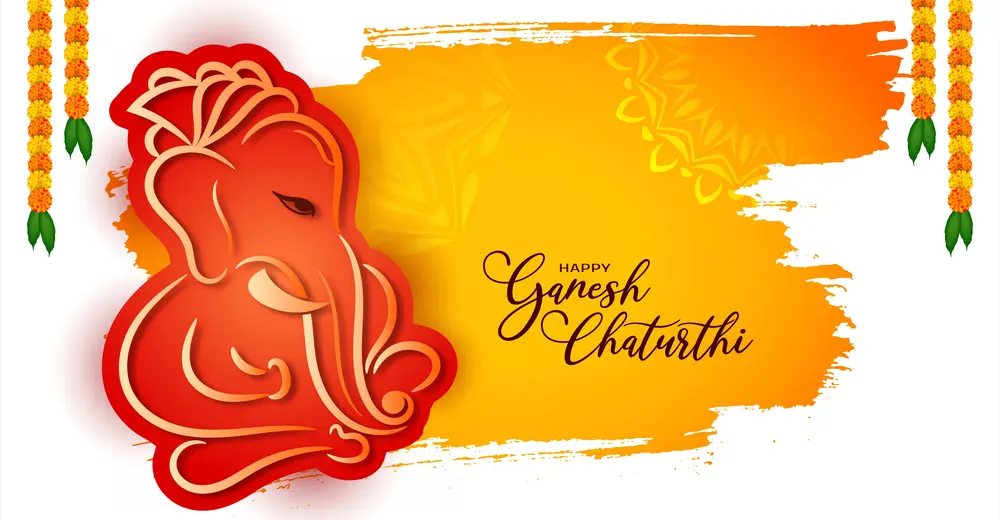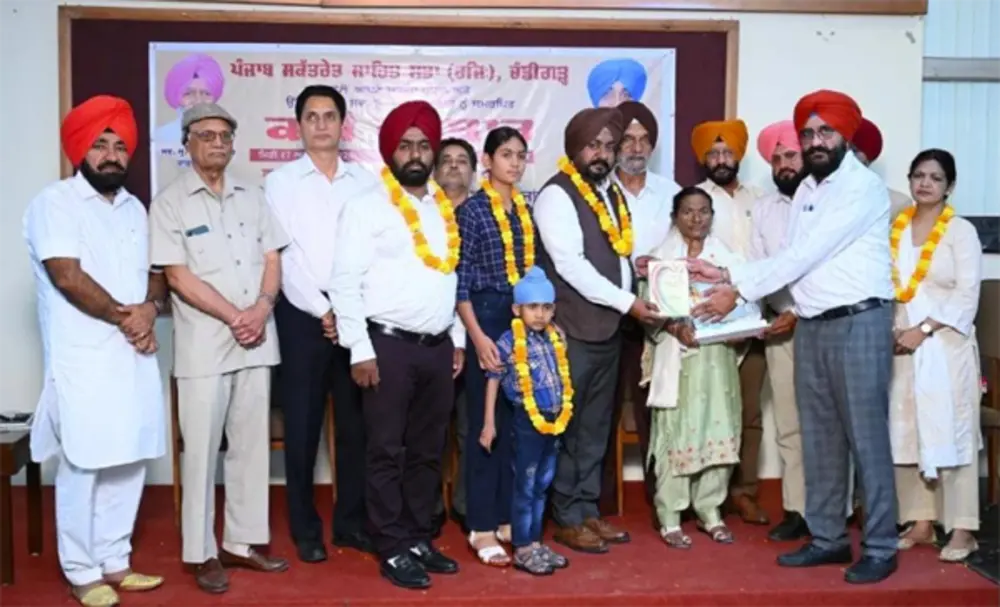
Kavi Darbar organized by Punjab Secretariat Sahitya Sabha in the memory of Ajmer Sagar
Chandigarh, October 19 - Punjab Secretariat Sahitya Sabha (Regd.) Chandigarh organized a Kavi Darbar in the memory of Ghazal singer late Ajmer Sagar under the chairmanship of former Sabha President Malkit Singh Aujla at Punjab Kala Bhawan, Chandigarh, in which more than thirty poets presented their works. Ajmer Sagar family was honored on this occasion.
Chandigarh, October 19 - Punjab Secretariat Sahitya Sabha (Regd.) Chandigarh organized a Kavi Darbar in the memory of Ghazal singer late Ajmer Sagar under the chairmanship of former Sabha President Malkit Singh Aujla at Punjab Kala Bhawan, Chandigarh, in which more than thirty poets presented their works. Ajmer Sagar family was honored on this occasion.
Adi Kavi Maharshi Valmiki ji was also worshipped in this Kavi Darbar. Dr. Sukhjinder Singh Yogi participated in the program as a special guest. Dr. Davinder Singh Boha, District Language Officer (Retd.), Mr. Bhagat Ram Rangara, President Kavi Manch (Regd.) Mohali and writer and poet Raj Kumar Sahowalia, Deputy Secretary (Retd.) joined the presiding panel. The role of moderator was played by Sabha President Malkit Singh Aujla.
At the beginning of the program, writers of Punjab Civil Secretariat presented their works, which was started by the Finance Secretary of the Sabha, Private Secretary Baljinderpal Singh Balli by singing a religious song. Sabha's general secretary Bhupinder Singh Jhaj, Superintendent Grade-1, Harpreet Singh Balgan, stenographer, Jatinder Kaur Bindra, Jarnail Hoshiarpuri, poet Surjit Suman, storyteller Gurmeet Singal, Jasbir Singh and John Paul presented poems.
Along with this, Hardev Singh, Shudesh Kumari, Sukhcharan Singh Sahoke Under Secretary (Retd.), Gagan Jhaj Durali, Jaspreet Randhawa former Pradhan also presented these views. Dr. Panna Lal Mustafabadi, famous lyricist Bhupinder Matour Wala, Principal Bahadur Singh Ghoshal, Mahinder Singh Ghoshal, Gurbakhsh Kaur, Pyara Singh Rahi, Gajjan Singh, Pal Ajnabi, Ali Rajpura presented their creations.
Bhagat Ram Rangara presented his creation appreciating the efforts of the Secretariat Sahitya Sabha. Dr. Davinder Singh Boha shared the essence of literature. Raj Kumar Sahowalia recited his poem paying tribute to Maharishi Valmiki on his Prakash Utsav. At the end of the program, President of Sahat Sabha, Malkit Singh Aujla, recited his song "Wand Velhe Do Tukde Kirya", written by chronologically naming the 28 villages that were destroyed during the construction of Chandigarh.
On this occasion, a large number of listeners including Kripal Singh Sagar, Manpreet Singh Sagar, Gurmeet Singh, Virinder Chattha, Karnail Singh Sabdalpuri, Bhupinder Singh Malik, Harjinder Singh Gobindgarh, Karan Kailon, Mahendra Singh, Raghbir Bhullar, Amrik Singh, Rajinder Kaur, Arvind Bhatia, Amrik Singh Sethi, Dr. AK Sharma were present.
